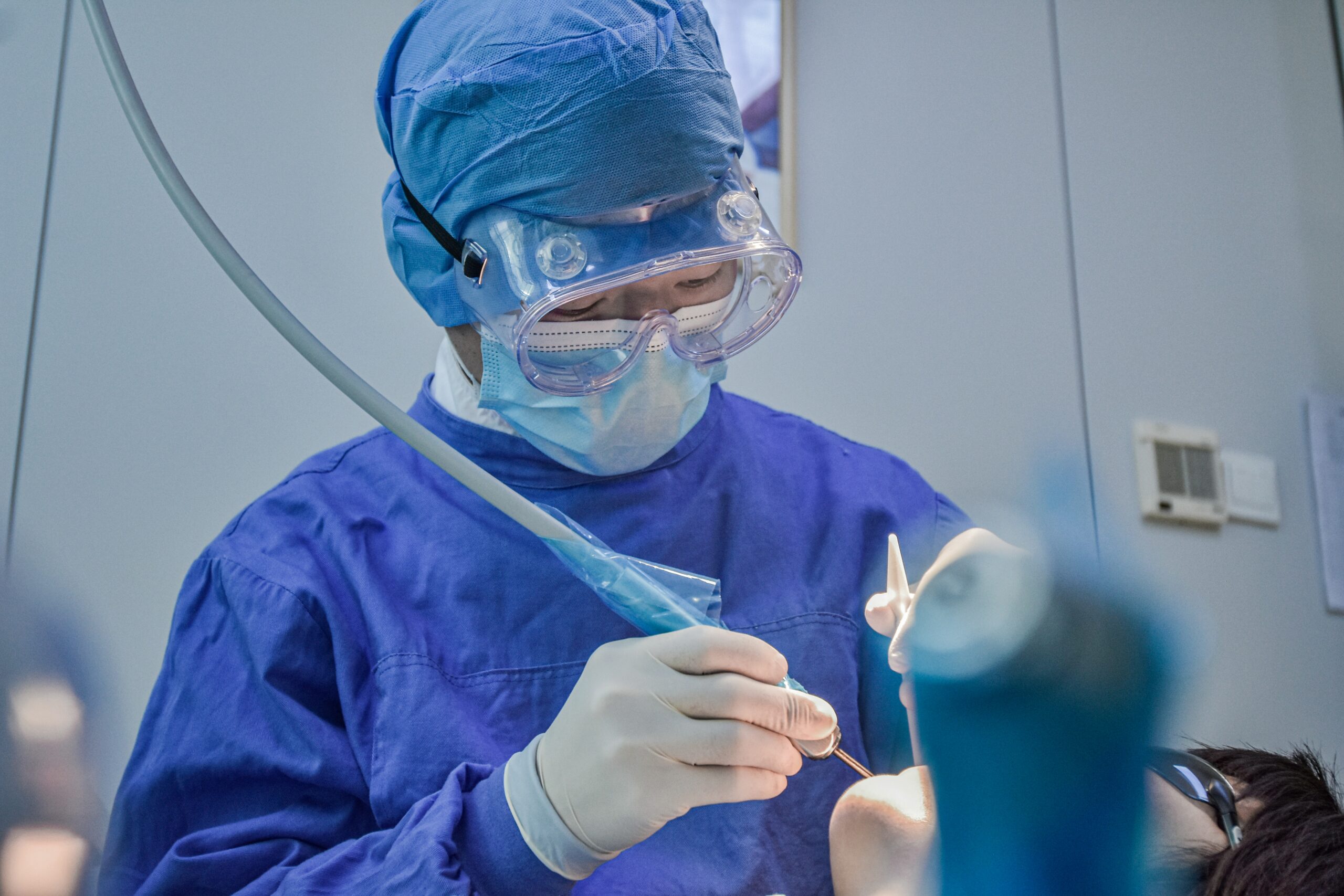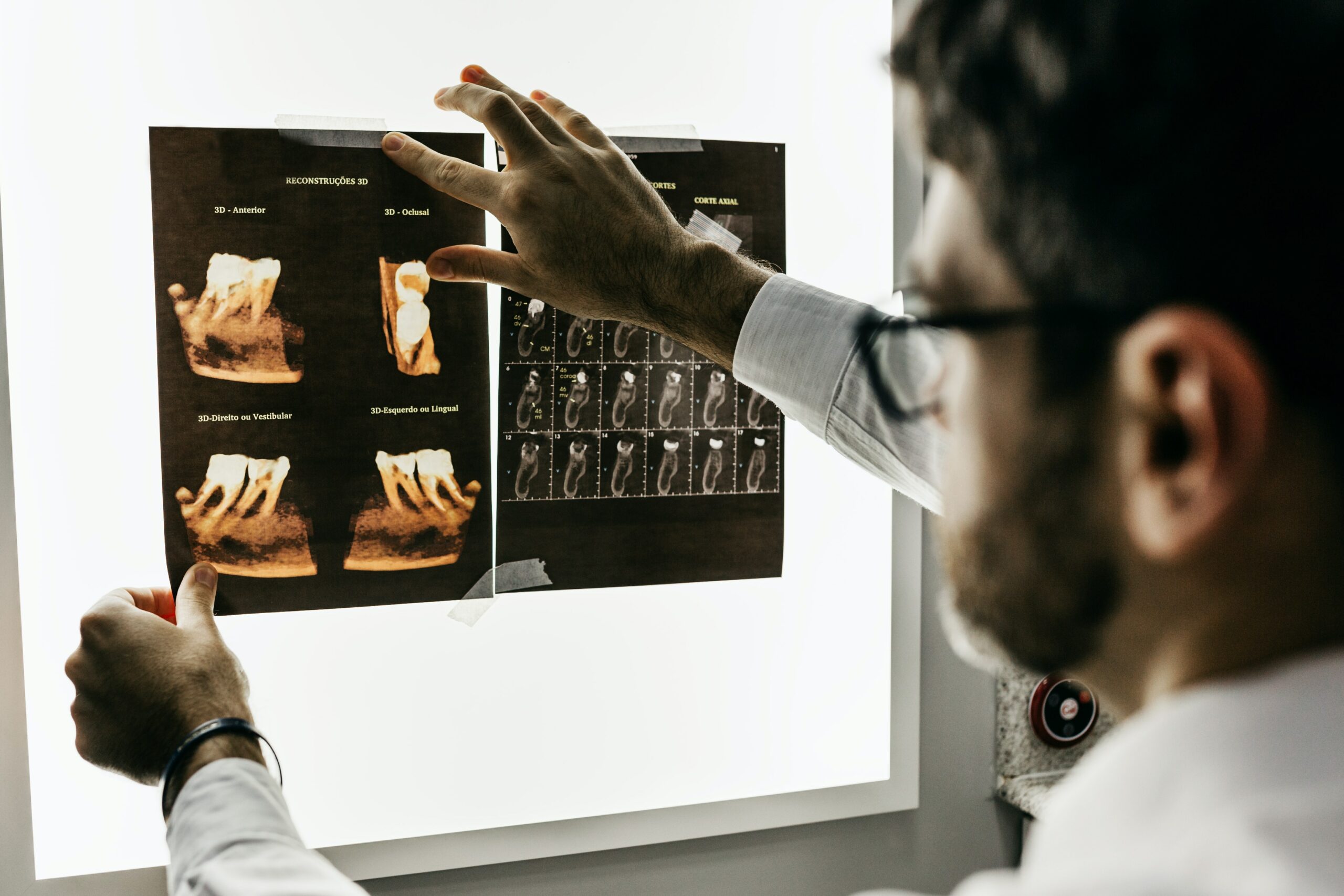Dental implants are artificial tooth roots. They are placed in the jawbones in places where the natural roots of the teeth were previously located, which allows for the necessary maintenance of the prosthetic restoration. These are small metal screws, similar in size to a one-grosz coin.
What Are The Benefits Of Using Implants?
Treatment with dental implants is one of the most modern solutions used in dentistry. By restoring the proper function of the masticatory organ, it avoids unnecessary grinding of healthy natural teeth. Constructions based on implants improve the aesthetics and well-being of the patient, being an alternative to uncomfortable removable restorations. They are durable and reliable and look like natural teeth.

How Are Implants Made Of?
Dental implants have a shape similar to the tooth roots. Currently used they resemble a screw. They are equipped with a thread that allows easy anchoring in the bone.
In order to improve the adhesion processes of the implant with the bone (osseointegration), they have a specially prepared surface (etched, sandblasted).
In implants, the shape, thread type, surface depends on the manufacturer, his experience, and many years of reliable scientific research. The material for their production must be biologically inert, that is, tolerated by living tissues of the organism, it must not be toxic, carcinogenic, radioactive, and not subject to corrosion.
Pure titanium or its alloys are used for the production of implants, and zirconium is also used (so-called ceramic implants). Some companies make them from a titanium-zirconium alloy.
Titanium alloys have higher mechanical properties than pure titanium.
Titanium is not magnetic. Thanks to this, patients can undergo diagnostics using magnetic resonance imaging.
What Are The Types Of Dental Implants? Why Are They Used?
Dental implants have traditionally been divided into two categories: intraosseous and subperiosteal. Endosseous implants are those that are “in the bone,” while subperiosteal implants are those that sit on the jaw under the gum tissue. Owing to their poor long-term performance as compared to endosseous implants, subperiosteal implants are no longer used.

Although the primary purpose of dental implants is to replace missing teeth, they may also assist with other dental procedures. Dental implants may be used to support a removable denture and have a more stable and supportive fit because of their stability.
Mini-dental implants can also be used as Temporary Anchorage Devices (TADs) in orthodontic procedures to help move teeth into the desired location. These mini-implants are tiny and only attached to the bone for a short time, but they help to anchor the teeth. After their duties have been completed, they are then removed.
There is an alternative to have a very durable and supportive denture using a minimal number of implants for patients. In that who have lost all of their teeth due to caries or gum disease of the upper and/or lower arch.
The concept behind the technique is that four implants will replace all of the teeth in a single arch (upper or lower). The implants are specifically placed in places of fine, solid bone, and the necessary prosthesis is screwed into place.
In comparison to the older form of conventional (removable) complete dentures, the All-4 approach offers a tooth restoration. Which is durable (non-removable) and looks like natural teeth.
Please contact us if you would like additional information!

